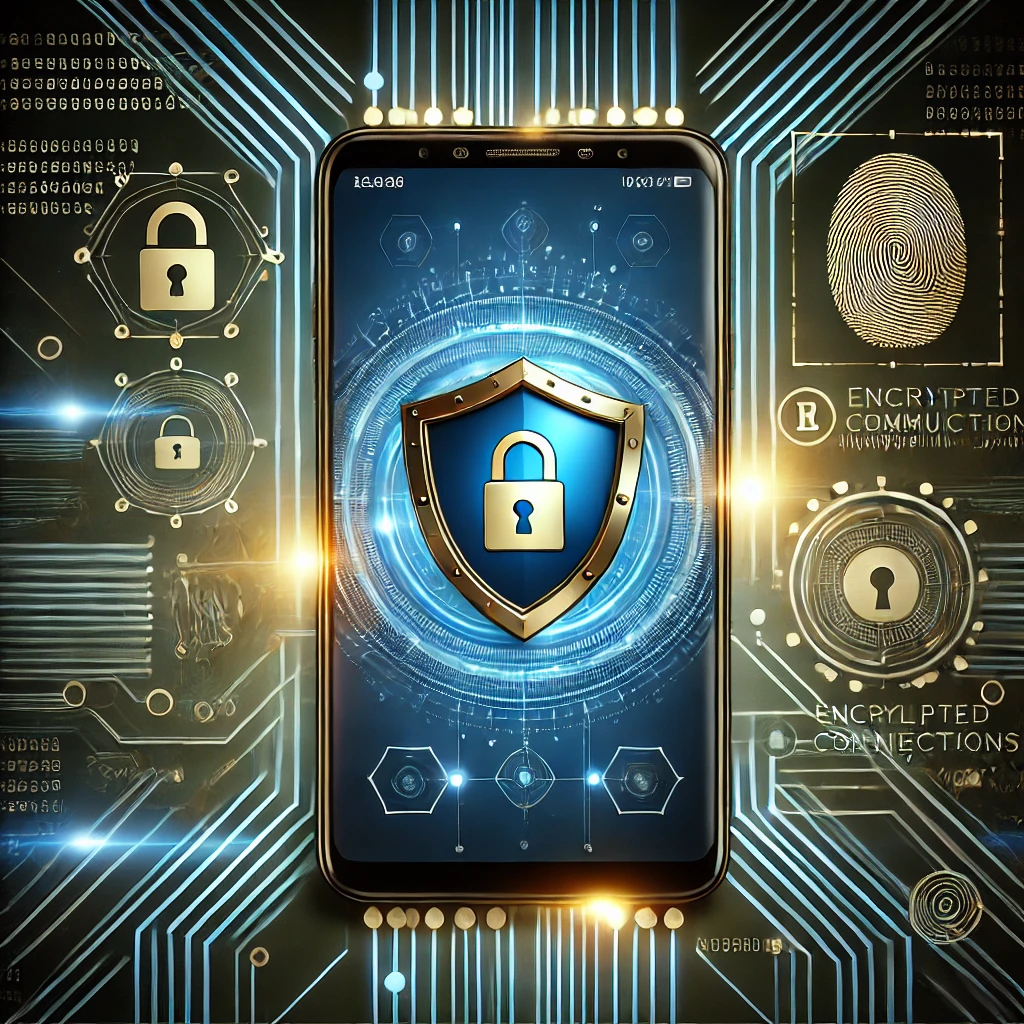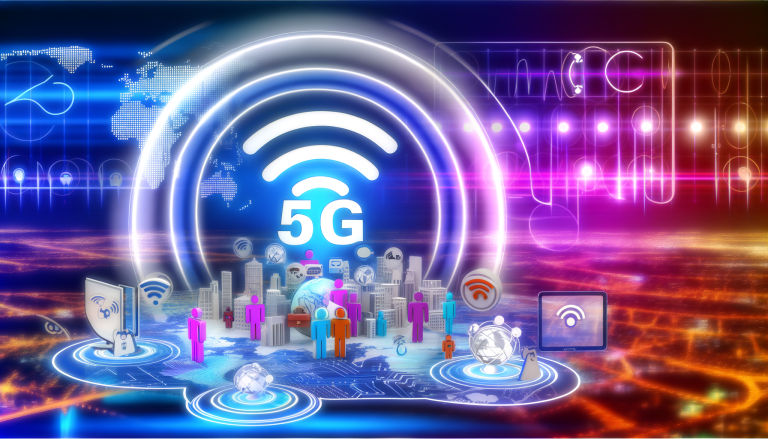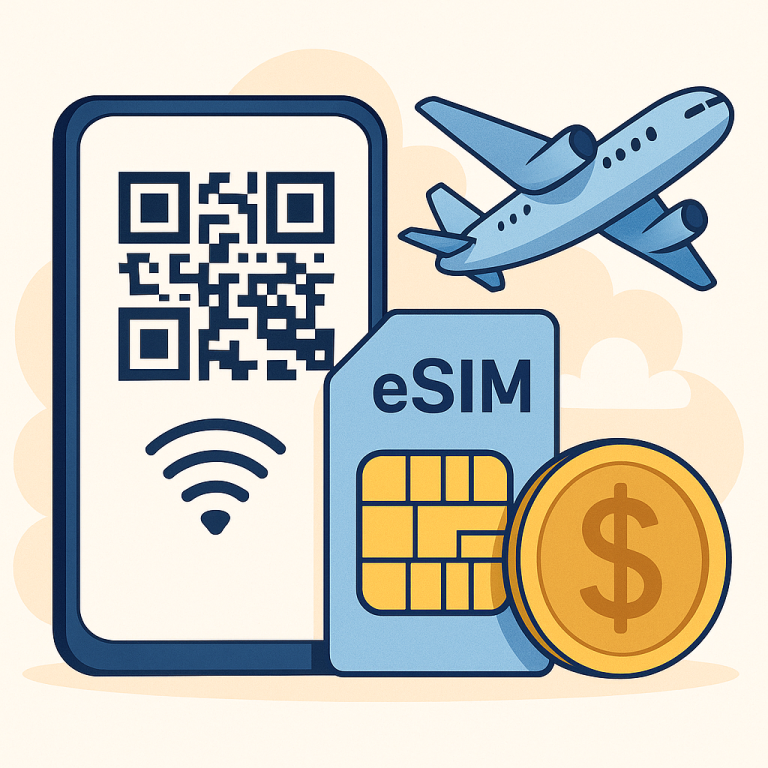The IMEI (International Mobile Equipment Identity) number is a unique identifier assigned to every mobile device worldwide. Manufacturers embed this 15-digit code during production, giving each phone a one-of-a-kind digital “passport.” Much like a personal ID card or a passport, the IMEI allows precise identification of a device across global cellular networks.
Mobile operators use it to authenticate and register devices on their networks. ensuring each one is genuine and compatible. As technology evolves and security demands grow, the IMEI number has become more critical than ever.
Main Uses and Security
The IMEI number acts as a vital safeguard in the event of theft or loss. Police and mobile operators can block stolen devices using the IMEI, making them useless to thieves.
Manufacturers also rely on it for warranty claims and repairs, ensuring accurate identification when service is needed. Buyers of second-hand phones can check a device’s IMEI history to confirm it isn’t stolen or blacklisted.
It’s important to note that the IMEI contains no personal data about the user—it identifies the device only.
Finding and Using Your IMEI Number
There are several easy ways to locate your IMEI number:
-
Dial *#06# on your phone’s keypad to display it instantly.
-
Look under “About Phone” or “Status” in device settings.
-
Check the original packaging, where the IMEI is printed on a dedicated label.
For security, record the IMEI in a safe location separate from your device, in case of loss or theft.
Modern Relevance and Fighting Crime
The IMEI system has become a powerful tool in fighting phone theft and trafficking. Authorities use it to track stolen devices and prevent them from being reused.
Manufacturers improve customer service with IMEI-based tracking, enabling faster repairs, software updates, and counterfeit detection. This helps protect consumers from fraud and strengthens trust in the mobile ecosystem.
Key Recommendations for Users
To protect your device, follow these steps:
-
Document your IMEI number immediately after purchase and store it securely.
-
Before buying a second-hand phone, verify its IMEI against global databases to ensure it isn’t stolen.
-
In case of theft, report the IMEI to police and your carrier so they can block the device.
By taking these precautions, you’ll safeguard both your device and your personal data.
Practical Tips for Device Safety
-
Photograph your IMEI and store it in a secure cloud backup.
-
Share a copy with a trusted family member.
-
Periodically check your IMEI in the phone’s settings to ensure accuracy.
-
Use security apps that integrate IMEI tracking for added protection.
IMEI in Trade and Commerce
In the second-hand phone market, IMEI plays a central role. Sellers and buyers use it to verify authenticity and legality.
Resellers check international databases to identify stolen or suspicious devices. while official retailers track inventory and warranties through IMEI. This transparency builds trust with consumers and reduces the circulation of stolen phones.
IMEI and Data Security
Security companies are developing advanced IMEI-based monitoring tools. Using AI and machine learning, these systems detect unusual patterns and suspicious activity in real time.
Carriers share data about flagged IMEIs in global databases. preventing criminals from exploiting stolen or cloned numbers. Algorithms identify attempts at duplication or tampering, ensuring stronger protection for all users.
Future Developments
Smartphone manufacturers are investing in next-generation IMEI protection. Future innovations may include advanced encryption and biometric integration, making IMEI security even stronger.
Governments and regulators are also pushing stricter standards for IMEI use in combating tech-related crime. Remote updates will enhance device protection dynamically, raising the bar for global security.
Additional Uses of IMEI
Beyond theft prevention, IMEI is used by:
-
Insurance companies to verify claims.
-
Tracking services for locating lost devices.
-
Security apps for backup and identity verification.
Users themselves can track their devices’ location using IMEI-based systems.
Global Importance
On an international scale, IMEI is crucial in preventing cross-border trafficking of stolen phones. Law enforcement agencies share IMEI data in global registries updated in real time. making it harder for organized theft networks to operate.
Conclusion
The IMEI number is a cornerstone of mobile device protection worldwide. It ensures accurate tracking, robust security, and reliable identification.
With manufacturers, carriers, and law enforcement working together, IMEI systems continue to improve. Users enjoy greater peace of mind, stronger protection, and higher device value.
Always document your IMEI, follow security guidelines, and act quickly in case of loss or theft. Looking ahead, new innovations promise even stronger safeguards. solidifying IMEI as an essential tool in the digital age.
👉 For more guidance or questions, feel free to contact us.




